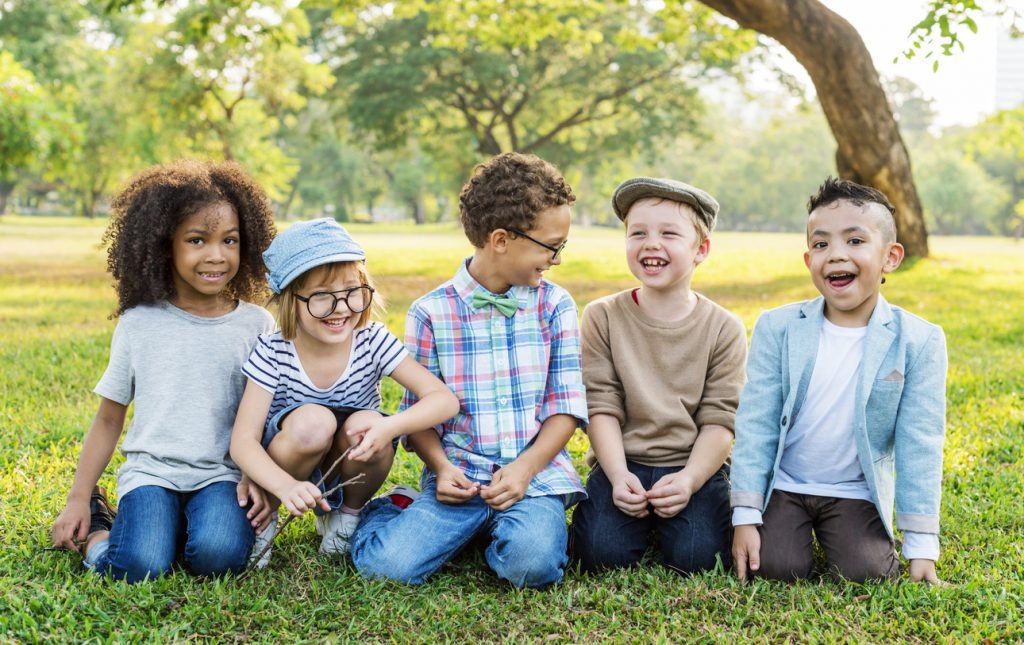
Mighty Blog, Voice for Kids Blog
By: Marc Gorelick, MD, President and Chief Executive Officer
The message I received from my sister said that the Florida middle school my nieces attend was on lockdown, but the girls were okay. That’s how I learned that 17 people were shot to death at a high school in nearby Parkland. While the location is different from similar past tragedies, what remains the same is that countless surviving students and staff members were physically injured and mentally scarred by what they experienced during this massacre. These children went to school expecting to learn, socialize with their friends, and continue on their path toward a brighter future. In the blink of an eye, those opportunities were ripped out of their hands without any warning.
Shootings kill or injure 19 children in the United States each day, on average. That equates to nearly 1,300 child and teen deaths due to gunshot wounds each year. In the past three years Children’s Minnesota has cared for 13 patients with gun related injuries as a Level I trauma center. While startling, we know this under represents the activity happening here in our community.
The ripple effects of these tragedies are lifelong. The deaths and injuries leave behind devastated families and friends and broken communities. Schools now practice drills so children know what to do if a shooter opens fire in their classrooms and hallways. Our kids are contemplating this new reality, and children as young as five years old live with the fear that this could happen in front of their eyes any day.
Our nation’s problem with gun violence is complicated, entangled with issues around mental illness, poverty, and a national history and tradition related to guns. There is no single solution to stopping these shootings. There is no single law that will erase this problem completely. But there are policies that can begin to help decrease it.
Gun violence is a public health issue. Similar to other public health issues, we can’t tackle them with one single answer. Instead, we approach them from multiple angles. We use science and data to help inform the direction we’re going and then we implement strategies to achieve a reduction in harm. For example, when we learned about the health consequences of smoking, we banned it from public buildings, restricted access to tobacco through age limits and photo ID requirements, and increased taxes on cigarettes in order to decrease our lung cancer rates. And it worked. Tobacco control policies have had a major impact on the reduction of lung cancer rates.
Yet despite one gun-related tragedy after another, our country remains largely complacent, unwilling to enact simple laws such as universal background checks, child protection locks, and restrictions on the sale of semi-automatic weapons. The Centers for Disease Control has been prohibited from studying the issue, even though we’ve seen children killed within the walls of their high school, on the playground of their elementary school, and in the middle of a crowd at a country music concert. We are left feeling helpless and ill-equipped to protect the most vulnerable in our country — our kids.
Because the gun problem requires public action, it is by nature political, but it needn’t be partisan. It is our job as adults, caregivers, parents, clinicians, neighbors, and policymakers to protect our children. Their lives depend on the vigilance of the people around them. It’s time we took that responsibility seriously.
To learn more about how you can talk to your children about tragedies, read our Mighty Blog post: Talking to kids about tragedies in the news.